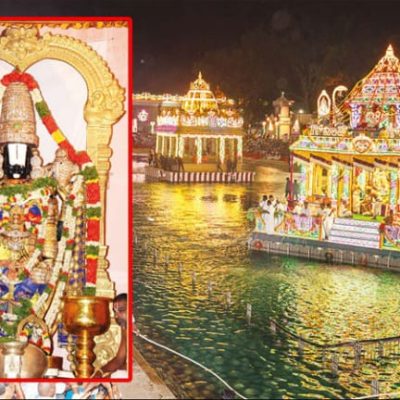BAPS Shri Swaminarayan Mandir, London

Address
BAPS Shri Swaminarayan Mandir, London
Pramukh Swami Rd, Neasden,
London NW10 8HW, United Kingdom
Moolavar
Swaminarayan
Introduction
- BAPS Shri Swaminarayan Mandir, commonly known as the Neasden Temple, is located in Neasden, London, England.
- Built using traditional methods and materials, the Swaminarayan mandir is considered Britain’s first authentic Hindu temple and Europe’s first traditional stone temple.
- The temple is part of the Bochasanwasi Shri Akshar Purushottam Swaminarayan Sanstha (BAPS) organization.
- It was inaugurated in 1995 by Pramukh Swami Maharaj.
- The temple complex includes an exhibition titled “Understanding Hinduism” and a cultural centre with an assembly hall, bookshop, and offices.
Puranic Significance:
- The construction of the Mandir and Haveli was a community-funded project, which took five years to complete, with the actual building process taking just two-and-a-half years.
- Construction began in August 1992, and the foundation mat, weighing 4,500 tons, was completed with the largest-ever concrete pour in the UK on 24 November 1992.
- The first stone was laid in June 1993, and the temple was completed in 1995.
Design and Construction:
- The mandir is designed according to the Shilpa-Shastras, a Vedic text that provides architectural guidelines to represent the different attributes of God.
- The temple was constructed using Indian marble, Italian Carrara marble, Sardinian granite, and Bulgarian limestone. Notably, no iron or steel was used in the construction, making it unique for modern buildings in the UK.
- C. B. Sompura, the architect, and his team designed the temple using only stone, in line with the vision of Pramukh Swami Maharaj.
- The mandir is a shikharbaddha mandir, featuring seven tiered pinnacles topped with golden spires and five ribbed domes.
- Inside the temple, serpentine stone ribbons link the columns into arches, giving the structure a sense of levitation.
- The central dome is a unique, cantilevered design, believed to be the only one in the UK that does not use steel or lead.
- The exterior is made from light cream Vartza limestone from Bulgaria, while the interior features Italian Carrara marble and Indian Ambaji marble.
Construction Process:
- The stone pieces were carved by over 1,500 craftsmen in a workshop set up in Gujarat, India.
- Over 26,300 individually numbered stone pieces were shipped to London, where the temple was assembled like a giant three-dimensional jigsaw.
Inauguration and Temple Functionality:
- The temple was inaugurated on 20 August 1995 by Pramukh Swami Maharaj.
- The temple complex represents a collective effort and faith of the community.
- The mandir serves as the centre of worship for devotees. Beneath each of the seven pinnacles, there is a shrine with an altar housing murtis (sacred images of the deities).
- The murtis are revered as God in person and are attended to each day by the swamis (monks) living in the temple ashram.















Century/Period
August 1992.
Nearest Bus Station
Swaminarayan Temple
Nearest Railway Station
Harlesden
Nearest Airport
Heathrow Airport





